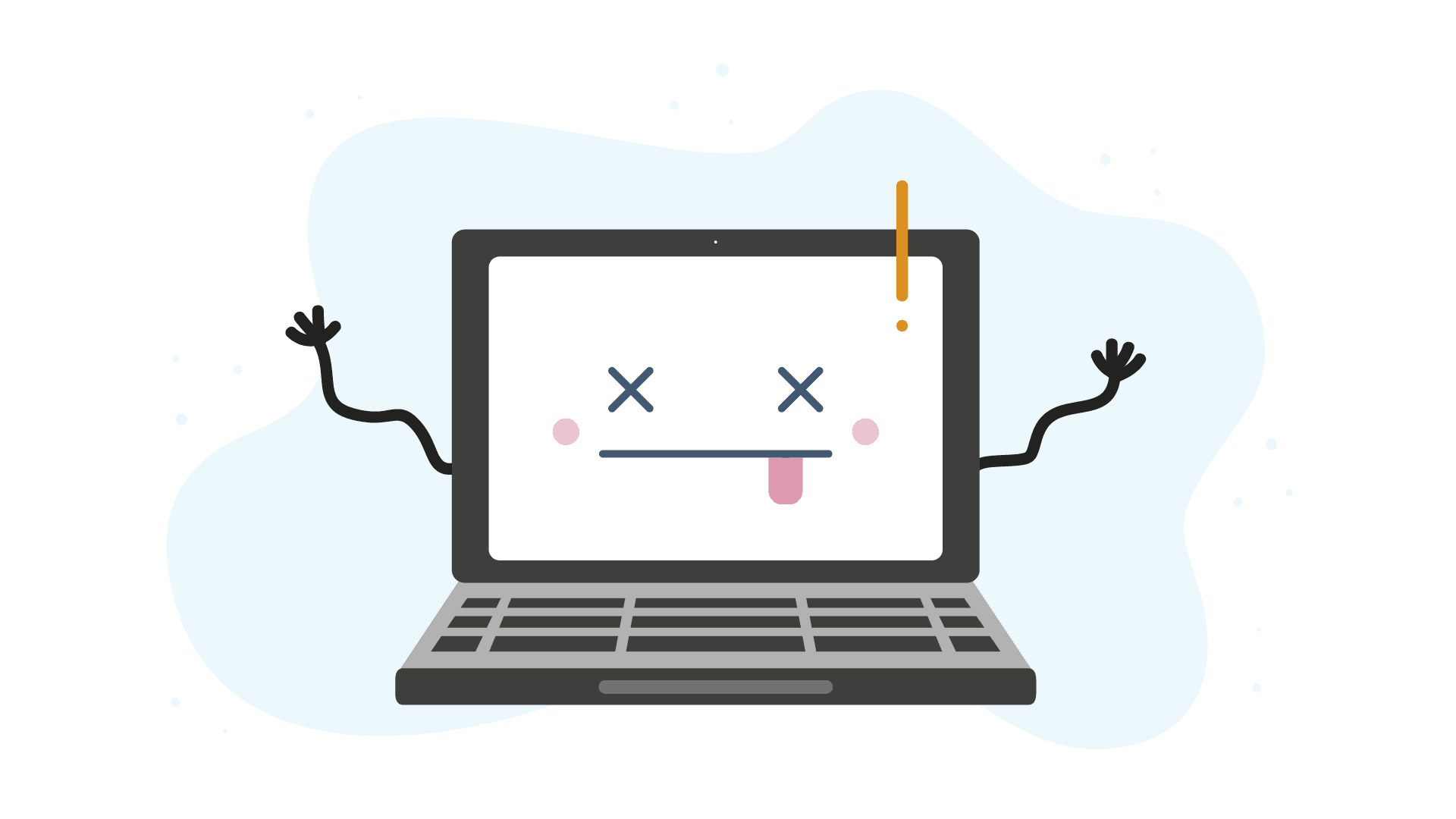When a website or online service is not accessible and unable to complete tasks given by the user, it is classified as being in downtime. Although most sites and services work towards sustaining zero downtime, even tech giants such as Google and Facebook occasionally have moments of incurring a lapse in functionality.
Technology continually advances, with more providers using systems to check website status, but unforeseen occurrences can still lead to momentary outages.
What constitutes downtime?
Although the definition of ‘downtime’ is often open to interpretation, in ancient internet times, it usually signified that a website was out-of-reach for its users. Nowadays, what constitutes downtime has become far more intricate – usually, if customers can’t complete their operations or ask questions like “is Wowway outage?”, the site or service is inactive, etc.
Remarkably, people are more lenient towards areas with complete outages than those with functionality issues. Furthermore, poor performance can be considered downtime when it hinders the end users from completing their goals.
What causes downtime?
Scheduled maintenance is a common cause of downtime for a provider, but other unanticipated outages can also occur. Regardless of the situation, most downtimes stem from one or more of several distinct categories.
Equipment failure
Old hardware can break down suddenly, and even newer equipment is prone to malfunctioning without notice. Regular maintenance of existing systems and having redundant servers in place are essential to ensure that your business does not experience extended downtime due to hardware failure.
In 2010, Amazon encountered an outage across Europe that was initially thought to have been caused by hackers; but they later revealed it had all come down to their data center suffering from a failed piece of hardware.

Human error
When troubles arise, a single mistake made by an individual or team is often the root cause. Regression testing may not reveal the issue, but even mundane code changes can drastically impact other site areas. A system being taken offline when it shouldn’t be incorrect DNS entries are prime examples of human error leading to website downtime.
Malicious attack
In the digital age, hackers constantly invent new methods of infiltrating and disrupting organizations. Distributed Denial-of-Service (DDoS) attacks are a strategy that has gained traction in recent years. This approach seeks to cripple a target’s web servers by flooding them with an avalanche of requests from multiple sources.
The sheer volume of these simultaneous queries clogs up available resources, blocking legitimate traffic and bringing the site down. Besides DNS cache poisoning, hackers infiltrate the Domain Name System (DNS) resolver’s cache to alter its IP address and consequently exploit site users, causing it to crash; other malicious activities include SSL certificate manipulation and malware injections.
Website downtime can significantly frustrate businesses, but it doesn’t have to spell disaster. By understanding the causes and taking proactive steps to prevent or mitigate them, you can ensure your website remains up and running.
From providing regular backups are taken, monitoring performance metrics closely, testing new changes before they go live on production servers, and setting up alert systems when problems do arise – these are all essential steps in managing website uptime effectively. Taking the time now to review your current processes will save you from future headaches down the line.












